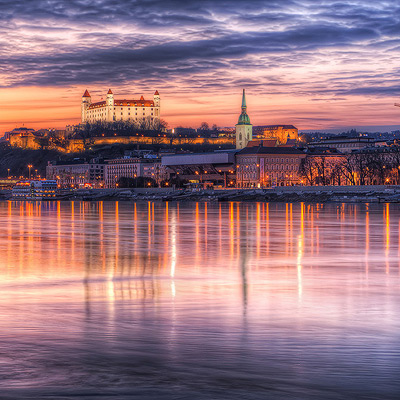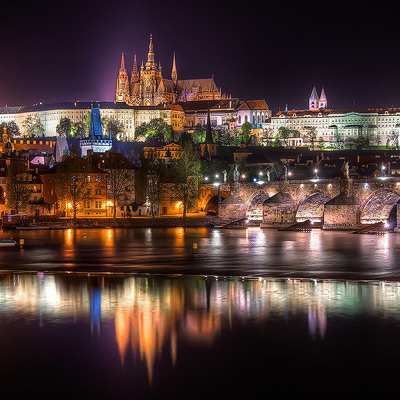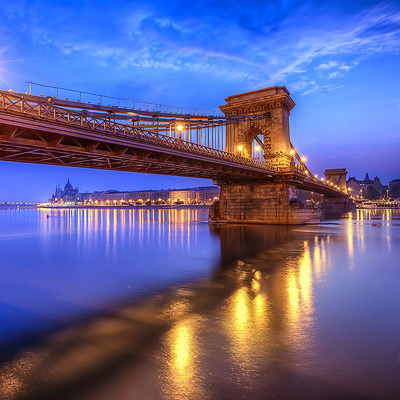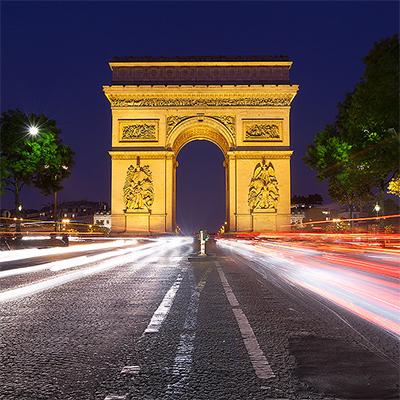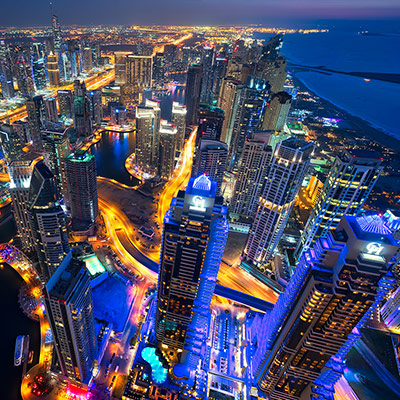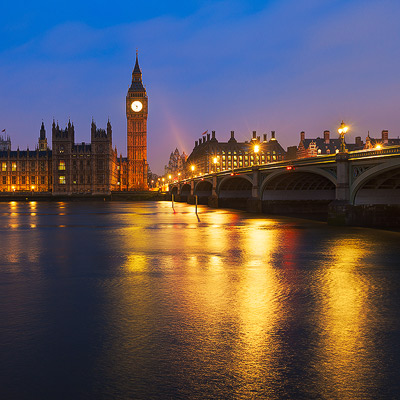Or better said, between the bridge, as the both sides are form the same bridge. Actually this bridge, the Triple bridge, consist’s of three separate parts, as also the name suggest.
This is one of the photos I took during my stay there last year, and as you can see, the weather was not ideal. There is a small chance that I will stop there for a day next month, so maybe then I get some photos with a little nicer weather :)
This is a HDR from 5 exposures, created in Oloneo Photoengine, finished in Photoshop.


